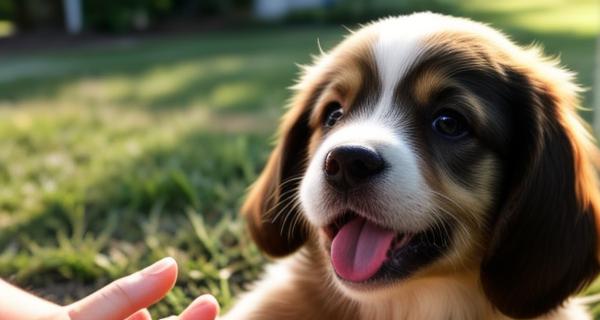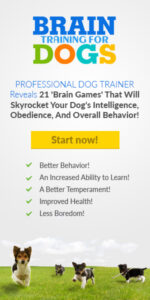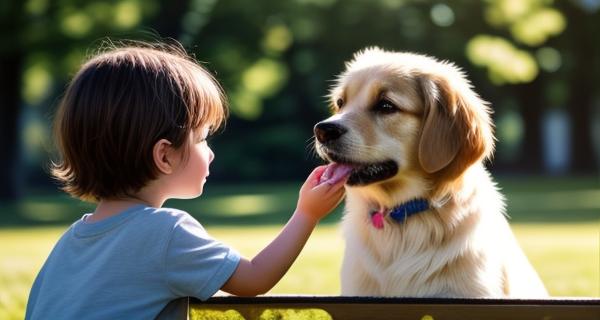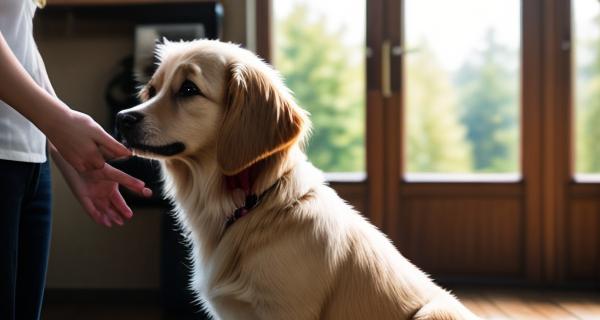Puppy Biting: Understanding and Redirecting Nips
Puppy Biting: Causes and Triggers
Puppy Biting: Causes and Triggers
Puppy biting is one of the most common — and often surprising — behaviors new dog owners face. Whether it’s a playful nip during a game, a sharp bite when overstimulated, or a persistent urge to sink those tiny teeth into fingers and toes, understanding *why* your puppy bites is the first step toward curbing it effectively. If you’re asking “what can I do to stop my puppy from biting?” — the answer lies in recognizing triggers, reading body language, and applying gentle, consistent training. Puppy nips are more than just misbehavior; they’re developmentally normal but also teachable. With patience and the right approach, redirecting that behaviour becomes not only possible but rewarding—for both you and your little furball.
Understanding Puppy Nips: What’s Normal?
Before diving into solutions, it’s essential to distinguish between typical puppy chewing and genuine biting worth addressing. Playful nipping during tug-of-war or exploratory mouthing while sniffing a new toy usually fades as puppies learn boundaries. Their jaws aren’t yet reinforced with discipline—yet repeated aggressive bites, pain, or fear-based nips signal deeper triggers. Puppies bite out of teething discomfort, overstimulation, seeking attention, or mimicking littermate interactions. Recognizing your puppy’s intent matters: persistent hardness in a bite paired with growling is not play—it’s a clear “what can I do to stop my puppy from biting?” moment. Early recognition sets the stage for effective redirection and prevents habituation to unwanted behavior.
Redirecting Puppy Behavior: Positive Training Techniques
The key to stopping unwanted nips lies in redirecting, not punishment. Scolding or yanking risks confusing your puppy or breeding fear, which may worsen reactivity. Instead, use positive reinforcement: when a nip starts, pause play immediately and offer a firm but calm “Ouch!”—then switch to a high-value toy or chew item. This teaches your pup that biting leads to game-over and chewing means winning. Consistency is critical—react the same way every time so your puppy learns boundaries reliably. Incorporate structured play sessions using puzzle toys or scent games, which channel natural curiosity away from hands. Over time, these moments become stepping stones toward impulse control. Pairing redirection with rewards builds trust and helps your puppy associate good behavior with positive outcomes—because puppies learn best through fun, engagement, not fear.
Managing Puppy Biting: Prevention and Intervention Strategies
Prevention starts long before biting becomes a habit. Socialization during the critical 3–14 week window helps puppies tolerate handling, new textures, and varied stimuli without bite. Supervise interactions closely—interrupt gently if nipping escalates with teeth near skin. Children should learn gentle play habits early; even a small nip can teach babies that hitting means attention. Environmental management matters too: keep high-traffic zones safe, offer ample chew alternatives, and avoid encouraging hand-mouth play during excitement spikes like greetings or mealtimes.
When bites happen despite prevention, intervention is swift, not harsh. Immediately withdraw engagement—stand up, turn away, and ignore the behavior. Withdrawal communicates that biting ends interaction; follow with calm praise when your puppy settles. For consistent nippers, integrate consistent commands like “gentle” or “no bite,” paired with rewarding calm behavior. For persistent aggression, consult a certified positive reinforcement trainer—professional guidance prevents escalation and builds long-term success. Remember, every nip is a teaching moment—not a failure. With empathy, consistency, and smart redirection, you’re not just curbing biting; you’re building a foundation of respect rooted in trust, clarity, and kindness that lasts far beyond puppyhood.
What can I do to stop my puppy from biting? The answer is multifaceted: understand triggers, redirect with positivity, manage environments proactively, and teach boundaries gently but firmly. This approach transforms nips into milestones—helping your pup grow into a confident, well-mannered companion while deepening the bond you share. Embrace patience; every tiny leap toward less biting is progress worth celebrating.




